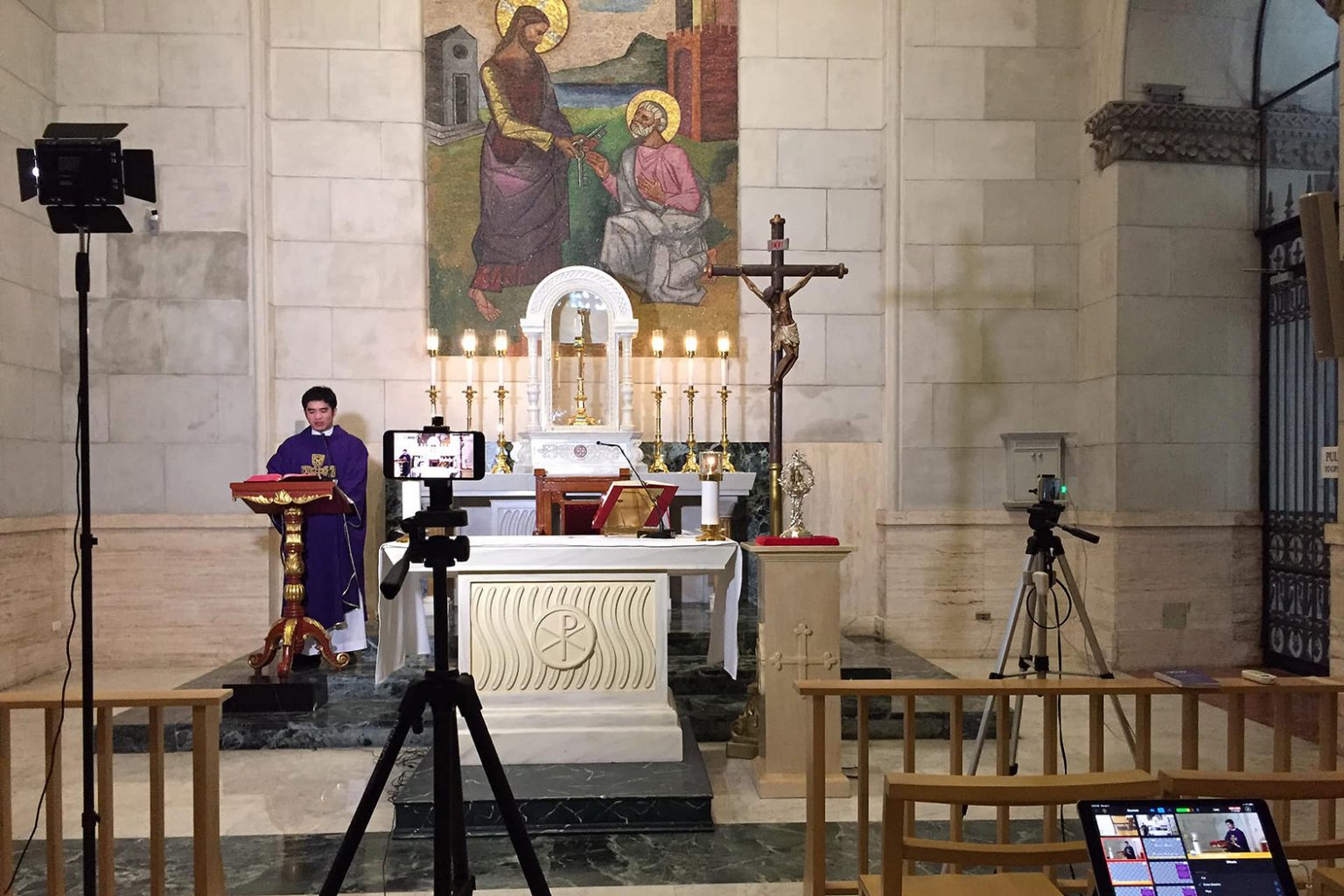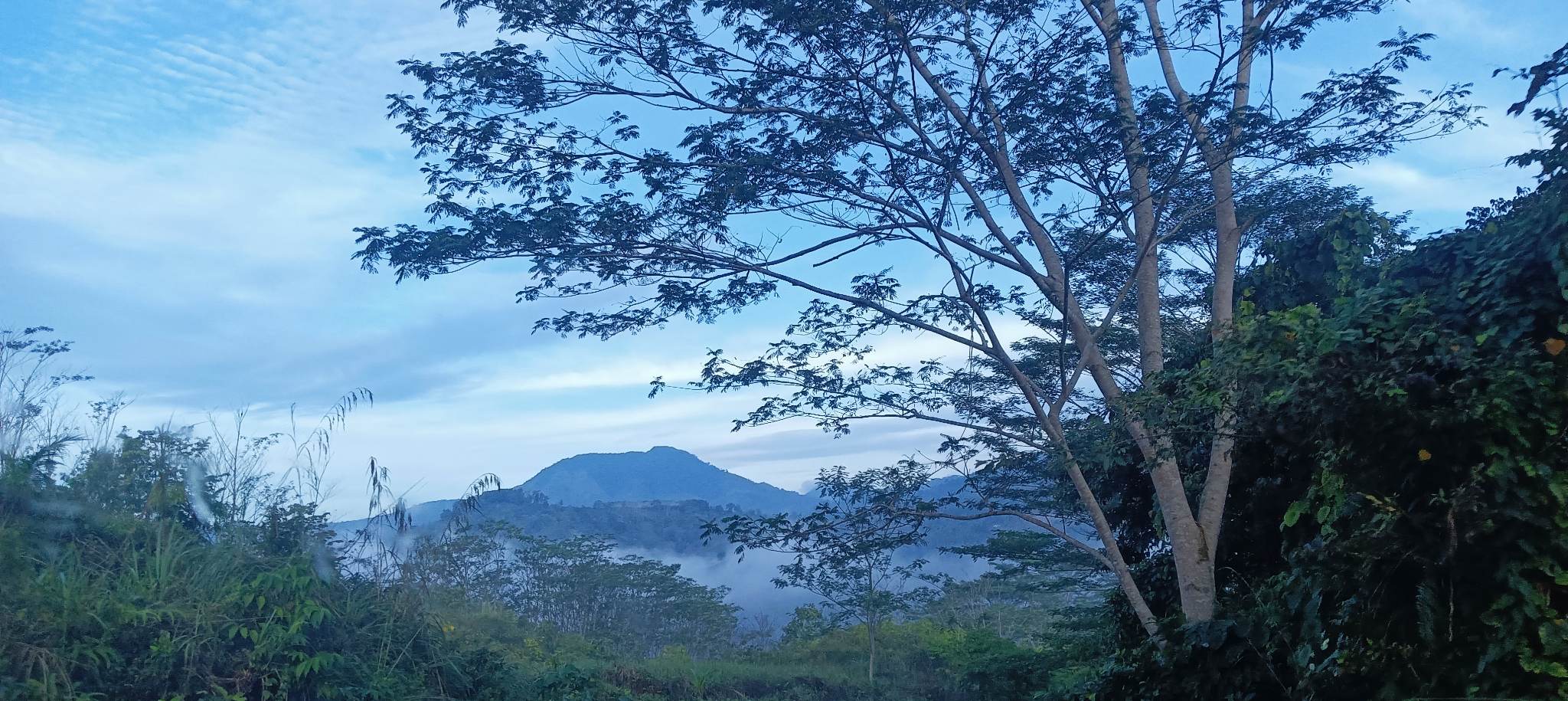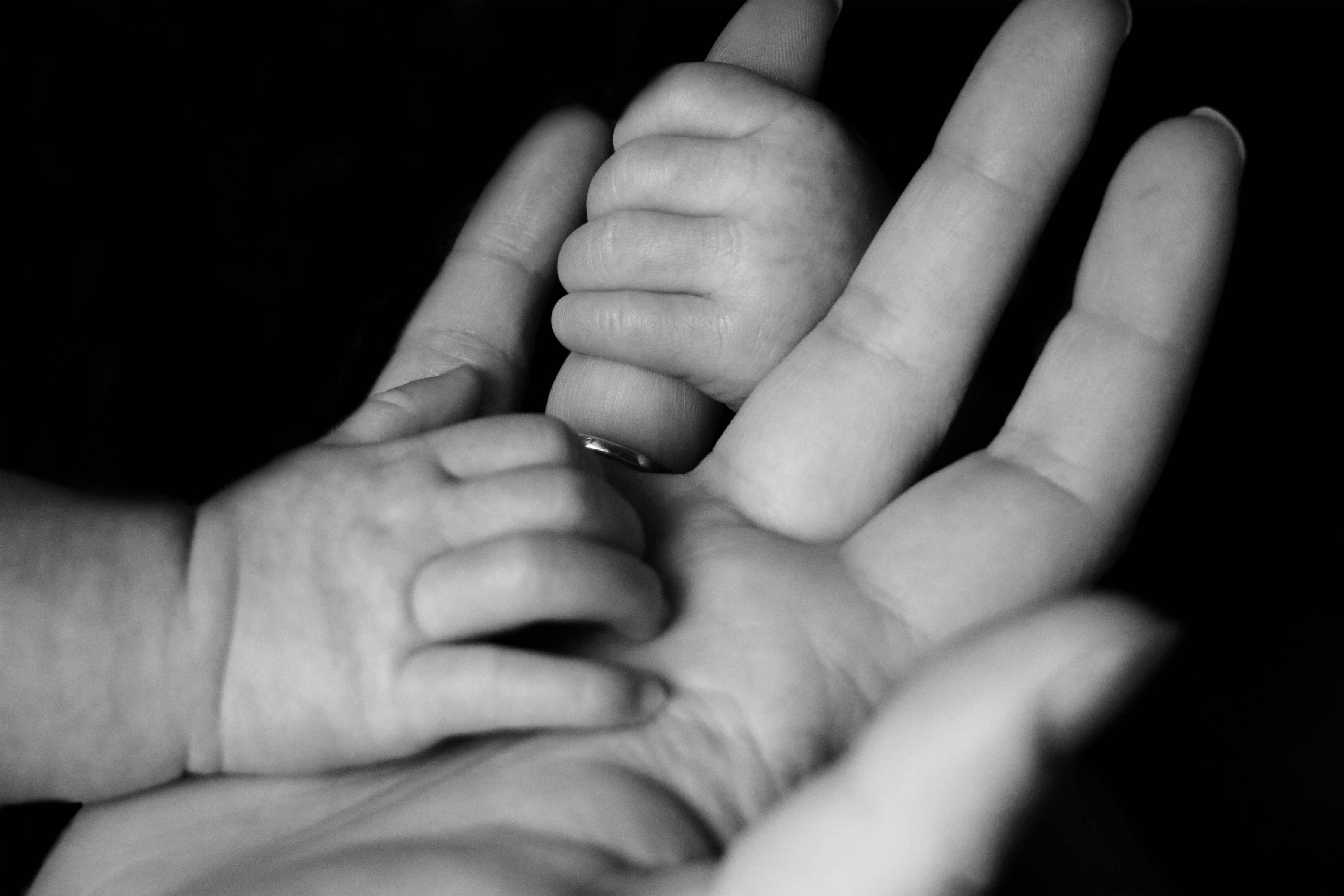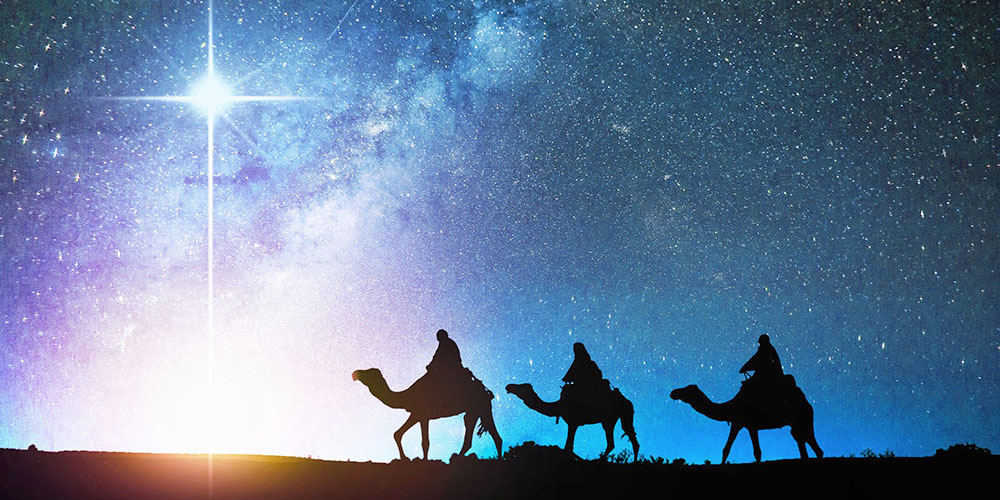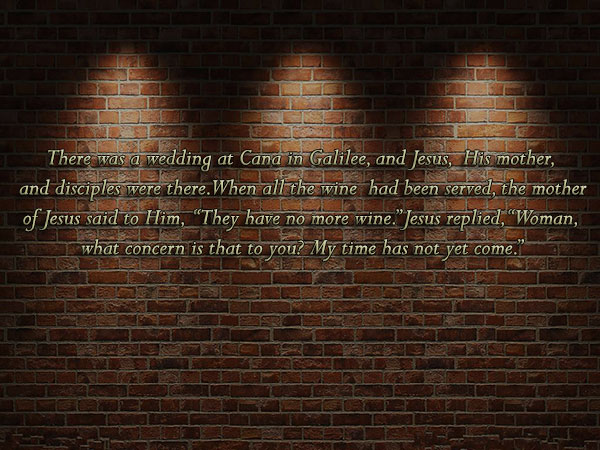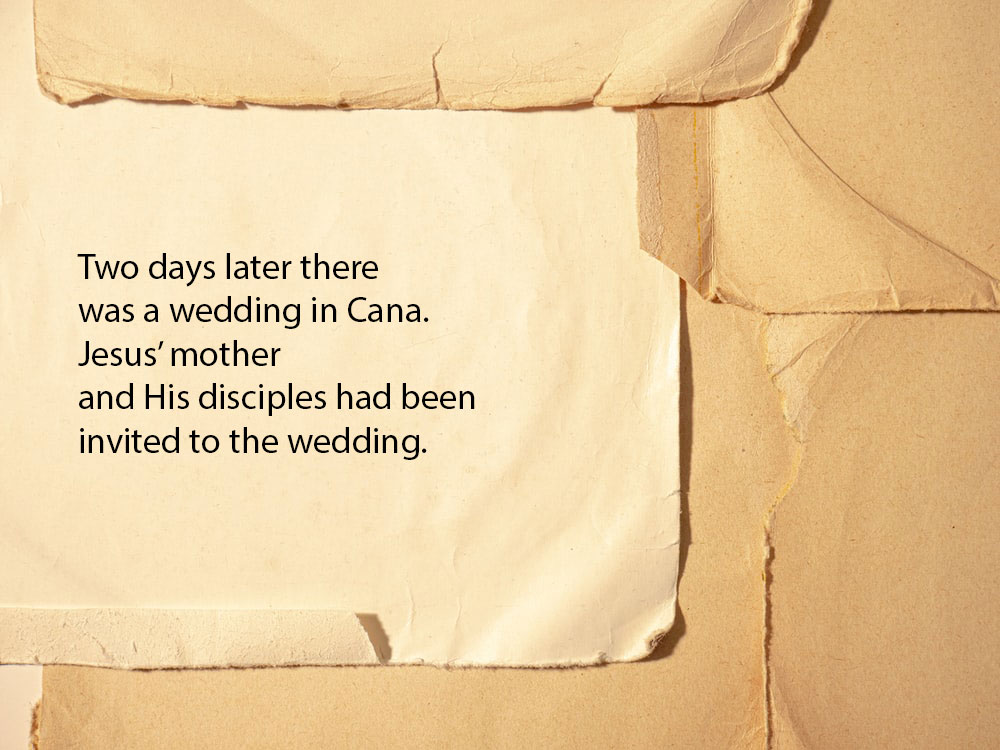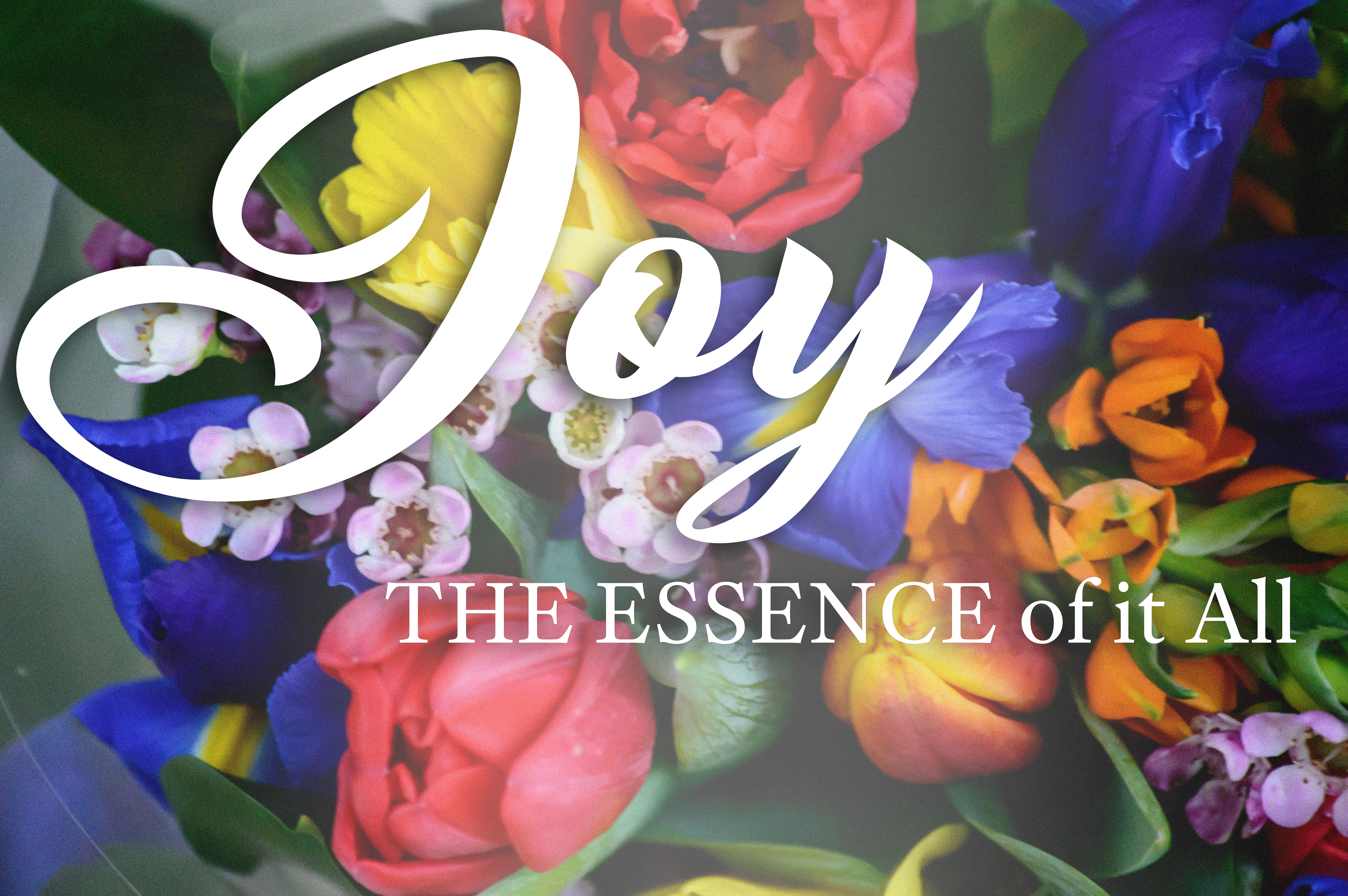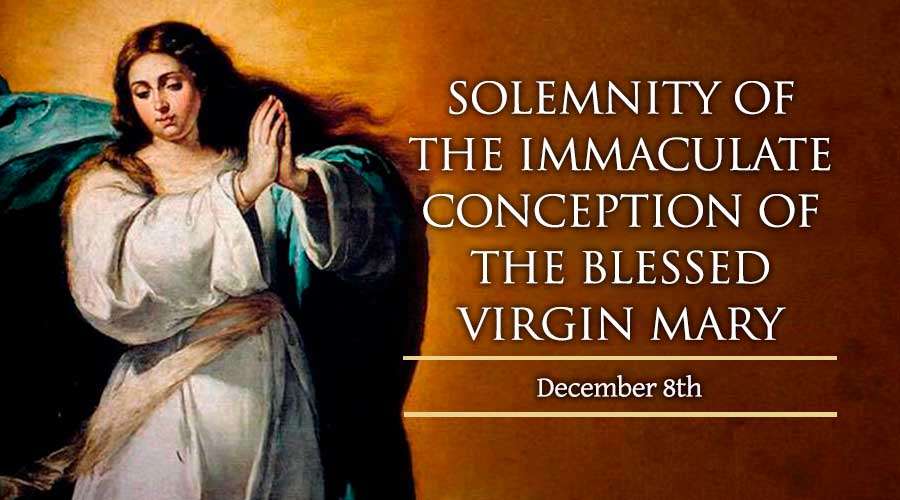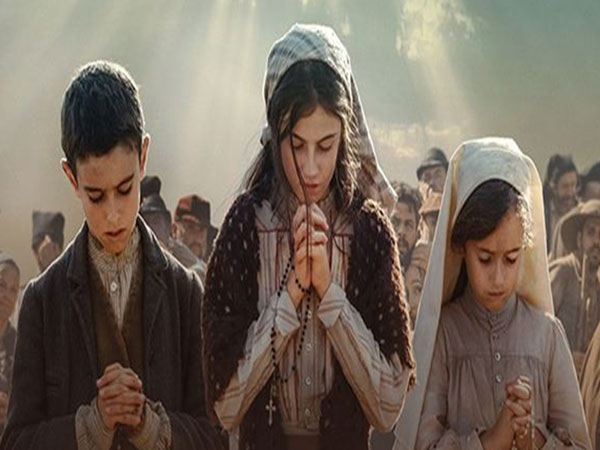
by Sr. Marjorie J. Guingona, SAC
“In every seed lies the components of all life, the world has known from all time to now.” – Sr. Joan Chittister
One early morning as I walked my way back to the old Monastery of the Benedictine Abbey during my month long retreat, I noticed so many little white flakes scattered on the ground that I decided to pick up one to observe it. And I was amazed to find out that it was a tiny lightweight seed shaped like a heart at its very core with a protective transparent sheet that covered it. I asked Manong Ruperto, one of the retreat staff to identify the seed and he told me that it was actually a tree called African Tulips that grows easily and he pointed one to me from a distance that was blooming with flaming orange flowers. I couldn’t believe that it came from a seemingly insignificant seed such as the one I carefully cupped in the palm of my hands lest it would be blown away by the wind.
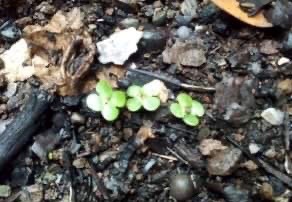
My curiosity did not end there for I asked him if he could sow some seeds for me and see if they would sprout before I leave the place in less than two weeks time. This he did. The days passed by without any noticeable sign of life and so Manong Ruperto was beginning to feel anxious as the day of my departure was fast approaching. But two days before I left, he happily told me of the good news that the seeds planted were already sprouting into tiny green shoots of leaves to my great wonder and surprise! Only then did the Parable of the Mustard Seed (Mk. 4:30-32) flashed into my mind and gave me hope that someday, it too would grow into a full grown tree so that the birds of the air may find shelter in its shade.
And so as we celebrate the Resurrection of our Lord Jesus Christ that flows over to the next fifty days of the Easter season until Pentecost Sunday, we are reminded that the Risen Lord is already in the heart of humanity’s deep longing to rise above the underground of our being longing to see the light of a new day during these dark and uncertain times of the Coronavirus 19 global pandemic. He is already at the heart of all tears and all tragic losses as a hidden rejoicing and as the life that is triumphant even in the face of death. He is at the heart of countless front liners who have indefatigably and courageously offered their lives despite the risk of death facing them in order to save precious human lives. Finally, He is at the heart of us all who feel vulnerable, weak and helpless for therein lies the power of God’s amazing grace.

Karl Rahner in his book The Mystic Way in Everyday Life reminds us that Jesus Christ resurrected not only to heal, redeem and transform our broken world on the level of the surface appearance where we think nothing is happening, but in reality, He is already mysteriously working deep down inside the deepest roots of our beings, bursting open the grave of our hearts to rise from the center of our true selves where he is the power and the promise. There he is still in the process of doing this for He is what still triumphs (as the most secret law and the innermost nature of all things) when all other laws appear to be dissolving. The Risen Lord has entered the earth forever through death and resurrection, her misery has become what is only preliminary and serves merely as a test for our faith in earth’s innermost secret – the Risen One!”
Moreover, he enlightens our flickering faith by saying that the true beginning of what leads to the highest perfection is not hollow emptiness but the close bud, the rich soil of growth that already contains within what it will send out, not as the first and smallest piece in the beginning of life, but as the entirety of evolving history contained in it’s original beginning. Our God is the Alpha and the Omega, the beginning of everything and the fullness of all reality. “I am the Alpha and the Omega, the First and the Last, the Beginning and the End.” (Rev. 22:13). Therefore our origin is God and not emptiness, who is the basic ground of all history within the flow of time.
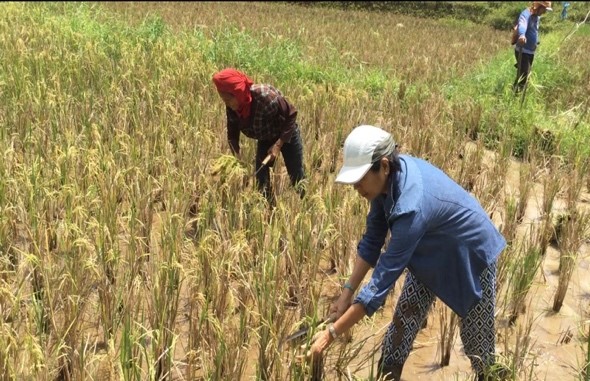
Now, as I find myself in the countryside surrounded by nature’s beauty and bounty and blessed with a diversity of flora and fauna, I have become more aware of every seed that comes with every fruit I eat and every grain of rice harvested from the field. But more than anything else, it is the seed of compassion that has been implanted in me. For the food that is served on our tables with every meal comes to us through far-reaching chains of interactions – of so many people who have struggled under terrible conditions like Dodong, a teenager whose face was badly swollen by the sting of bees in exchange for pure wild honey only to be sold at a cheap price. It comes from the lowly Subanen woman with whom I have had the rare opportunity to join her in the back breaking task of harvesting rice under the blazing heat of the sun. It comes from the violent slaughter of animals butchered to death and the sordid exploitation of land that leads to contamination and deprivation that unjustly pushes the poor further to the margins of society.
Hence, each time we eat the food before us, the least we can do is to bless it and be grateful to our Creator and to all those who have taken part in it so we may satisfy our hunger. More importantly, we are called to live simply and make ethical choices so others may simply live and be alleviated from their suffering that is further aggravated by the impact of climate change as a result of global warming. We are called to heed the challenge of recognizing our own limitations and the inherent limits of nature by observing the law of limits in order to preserve its restorative balance and creative harmony.
In truth, there is enough food to feed the world but the problem lies in the blatant wealth gap whereby globally, the richest 2% of adults own and control 50% of the world’s assets. In the US alone, only 1% of the richest people own assets more than 90% of the population combined. (thrive movement.com) I agree with the statement of Henry Kissinger (1973) when he said that who controls the food supply, controls the people; who controls the energy can control whole continents, and who controls money can control the world.
Now more than ever, it is true that the product-and-profit driven market economy of our global world is the one dominating our post-modern culture to the point that we have fallen trap in a highly consumeristic lifestyle whereby the non-essentials have easily turned into something apparently essential that we seemingly can not do without. The seductive power of advertising have successfully found a way to lure us into buying and acquiring consumer products and services which in reality are only geared towards profiteering. We need to rethink our priorities and values in life so that we do not fall prey to what is simply being presented to us by the giant conglomeration of multinational commercial enterprise. In doing so, we are able to protect ourselves and creation from the onslaught of greed and selfishness that is engulfing our world at large.
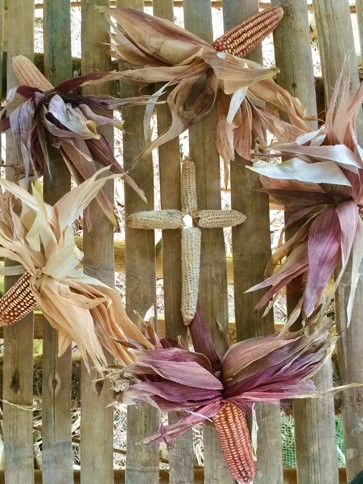
So where do we go from here in the light of our Christian faith? His All Holiness Ecumenical Patriarch Bartholomew, in his article The Sacred Seed has enlightened me with his words of wisdom: “Every seed contains the potential to save the world, Each seed can keep millions of people from starvation. Each seed is a mirror and guardian for the world’s future. Each seed is the ecology that can sustain the economy. This is why seeds are sacred and why they are traditionally believed as miraculous in indigenous circles.” Thus, to protect both seeds and their stories is our sacred call if we are to think of the earth’s survival in the next generation to come. Sustainability is vital to our existence and we need to value our interconnectedness as one earth community and act together with greater solidarity and cooperation.
The indigenous peoples are in a very unique way considered the earth’s seed keepers because of their closeness to the natural world. In the encyclical of Pope Francis, Laudato Si’, On the Care for Our Common Home (2015), we are reminded that it is “essential to show special care for indigenous communities and their cultural traditions. They are not merely one minority among others, but should be the principal partners, especially when large projects affecting their ancestral land are proposed. For them, land is not a commodity but rather a gift from God and from their ancestors who rest there, a sacred space with which they need to interact if they are to maintain their identity and values. When they remain on their lands, they themselves care for it best.” (LS # 146)

According to Manny Bautista in his book Living Laudato Si’, there are approximately 200 million indigenous peoples around the world. Of these 200 million, 12-15 million are in the Philippines. They belong to 110 ethnic communities and speak 170 languages. In our ecological age, we modern humans can learn from them. It is high time for us to revisit their cultures and wisdom traditions and learn from their creative relationship with the natural world, from their sensitivity to the pervasive and numinous presence of the Spirit, and how they see the universe as a communion of subjects and not a collection of objects.
One valuable wisdom is the importance of diversity. Vandana Shiva, author of the book Sacred Seeds explains diversity as a product of care, connection and cultural pride. The mango breeders wanted to give them the best taste. The best quality. And so they evolved in the diversity of the delicious dasheri, langra and alphonso. The tribals and peasants who gave them rice diversity wanted to develop rice for lactating mothers, rice for babies, and rice for old people. They wanted to have rice that would withstand drought, floods and cyclones and so they came up with climate-resilient rices. In the Himalaya, different rices are needed for different altitude and different slopes. The intimacy and care that goes with belonging to a place and a community allows diversity to flourish. Conserving and growing diversity comes naturally as breathing. “The fact that we have to fight for something so essential to life as the integrity of seeds, speaks to the real drama of the present time: that we have to fight to preserve what is most fundamental and sacred to life.” (Llewelyn Vaughan – Lee, Seeds and the Story of the Soul)
As we go through this season of our Lord”s resurrection, however, we continue to live in both the desert and the garden as we experience the paradox of both the agony of the sick and the dying along with the hope that we shall truly rise again to new life. In this extraordinary time in history of global pandemic whereby a single microscopic organism invisible to our naked eyes can contaminate millions of people and kill hundreds of thousands of innocent lives, we Christians are reminded that we are Easter people and to hold on to the tension of the already and the not yet, of the dark night and the light of dawn we must, as we turn our hearts to God and rely on His promise that at the end of this perilous journey, we may see a new heaven and a new earth flourishing once again with God’s radiant glory over all of creation. “O LORD, our Lord, your greatness is seen in all the world!” (Psalm 8:9).
Meanwhile, it is never too late to begin the revolution of greening our hearts, that is, to respond to Pope Francis’ call to an ecological conversion. “Many things have to change course, but it is we human beings above all, who need to change. We must examine our lives and know the ways in which we have harmed God’s creation through our actions and our failure to act.” (LS # 202, 217-218) Hence, we are summoned to sow the seeds of compassion, solidarity and hope into the ground of our being and to plant seeds of new life individually and collectively wherever we are so that it may someday grow into trees that can bear fruit and sustain the future of our beloved Earth, our one and only common home. “And the seed sown in rich soil is someone who hears the word and understands it; this is the one who yields a harvest and produces now, a hundredfold, now sixty, now thirty.” (Mt. 13:23)
I close this reflection where I first began, with the tiny African Tulip seeds that sprouted after days of being hidden inside the womb of earth mother. I may be far away for me to see them grow but it will grow in time and perhaps one day in the future I would return to that sacred place where the seed of new beginnings in my life’s journey was sown.

“Then I saw a new heaven and a new earth, the first heaven and the first earth had disappeared now, and there was no longer any sea. I saw the holy city, the new Jerusalem, coming down out of heaven from God, prepared as a bride dressed for her husband. Then, I heard a loud voice call from the throne, Look, here God lives among human beings. He will make his home among them; they will be his people, and he will be their God, God-with-them. He will wipe away all tears from their eyes; there will be no more death, and no more mourning or sadness or pain. The world of the past has gone.” (Rev. 21: 1-4).
Marjorie J. Guingona, SAC
April 16, 2020
Nanga Nangan Tigbao, Zamboanga del Sur


